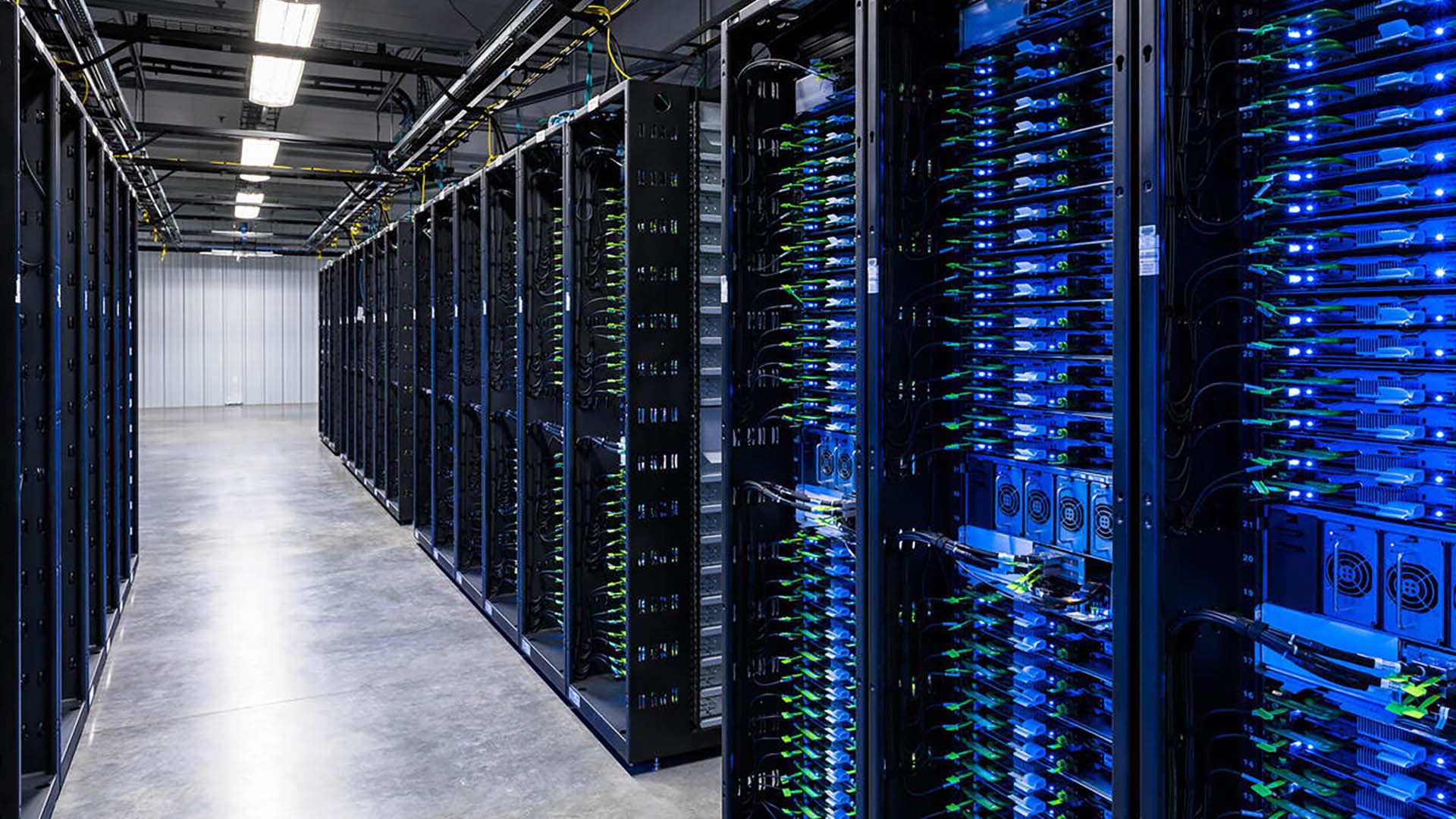
In the picture: FreeFlow’s Co-Founder Aaquib Hussain lighting the ceremonial candles with Piyush Pandey, Sanjoy K Roy etc.
FreeFlow sets up another milestone in the entrepreneurial world by organising India’s First Strategic Startup Funding Event, FlowEdge. Held on the 17th of August 2022, FlowEdge was the flagship startup pitching event of the annexe event BrandEdge 2022. The co-host of this strategic event for startups to raise startup funding was the Public Relations Society of India, Kolkata Chapter, in association with Venture Catalysts 7 & Velocity1.

In the picture: FreeFlow’s Founder Suraj Juneja with Vijay Chaudhuri (Pachwati Group), Utkarsh Roy (Introbot), Ravi Ranjan (Velocity1), Aishwarya Biswas (Auli), Deepak Agarwal (OneX Solutions), Piyush Agarwal (Cashless Bazar)
Post-pandemic, new categories of consumer brands and behaviours have risen and has permanently shifted business trends. It is now more leisurely for a brand to embark, build and prosper with confederates across media, research, production, data, marketing, and distribution.
In this changing scenario, the past events organised by FreeFlow have set an example of phenomenal success. In our five events, we raised funding of over 226 Crores for different promising startups.

In the picture: Aaquib Hussain, the Co-Founder of FreeFlow, presenting the memento to Aishwarya Biswas.
To be more specific, this is what our data says:
- Engagement of 1600+ Startups
- Pitching 600+ Pitches, including Events & Demo Days
- With 124+ Sales Funnels Developed
- 115+ MOU Signed
- 81+ Funding Commitments for Startups
- Establishing 67+ B2B Networks
- Securing 25+ Direct Investments
- And the engagement of 18+ Government Departments
The Collaborator Story

In the picture: Investors, Jury Members, Guests and Startup Founders attending the confluence.
In paving its course from Engage to BrandEdge, The Public Relations Society of India (PRSI), Kolkata Chapter, has documented phenomenal climacterics. For nine years, “Engage” was PRSI’s signature event, shaping the benchmarks for advertisement, branding and thought leadership. The imperative belief behind organising the events was to confer the assertive outreach they construct in the world of communication to see business disruptions, fostering evolution and novelty.
Over the years, the Chapter immersed the attention of the communicator’s fraternity on the digital podia and how it had invaded every facet of communication, from brands to corporate image building and social communication to politics.

In the picture: Startups introducing their brands at FlowEdge.
BrandEdge was the Chapter’s new mantra for the forthcoming years. BrandEdge aspires to garner executives from innovative brands, PR and advertising agencies, and distinguished media companies to debate proven growth scenarios for a contemporary brand.
The New Shift

In the picture: Investors and Jury Members keenly evaluating the Startups.
FreeFlow has persevered with #Engage for an extended period and considers to have created adequate scope for technological innovations encompassing modern-day communication. It’s now the juncture to push the brands and give them an identity as precursors of an industrial renaissance
The Event

In the picture: The FlowEdge floor at ITC, SONAR.
FlowEdge is a one-of-a-kind premiere Fundraising Event in India, wherein we entitle startups to raise finances for explicit requirements, namely, Marketing Capital, Technology Capital, PR Capital, and Value Chain Capital (Debt & Working Capital) with the Investment against Equity/CCD, and more.
Our formerly managed and hosted events have been liable for placing the state’s entrepreneurial map in front of the country and shedding light on the disruptions happening within the state and in the overall Eastern Indian region. In 2021-22, we wanted to raise the stakes, making it compelling for aspiring entrepreneurs and registered businesses to create the utmost value and worth from our precise effort.
What FlowEdge Achieved

In the picture: A part of the team behind FlowEdge.
We received applications from 593 startups, out of which, 54 shortlisted ones made it to the event. The event marked the presence of 62 investment organisations, VCs and fund houses, 12 jury members, and 6 sponsors. FlowEdge was an event with 14 days of engagement where 8 startups made their way to the finale.
The success of the event was grand, bringing us some phenomenal achievements. FlowEdge 2022 was concluded with 225 investment commitments of over 300 Crores on 37 startups. None of this would have been possible without the gracious presence of the investors and enablers, the fabulous jury members, the soaring spirit of participating startups, our supportive partners, humble sponsors, and our dedicated team working tirelessly to make it happen.
This summit was an unparalleled opportunity to comprehend and discover how brands are born and may die, how brands can scale up, and what the pivotal role of communicators and marketers is in confronting emerging trends and challenges!










































 A simple calculation,
A simple calculation,

Recent Comments